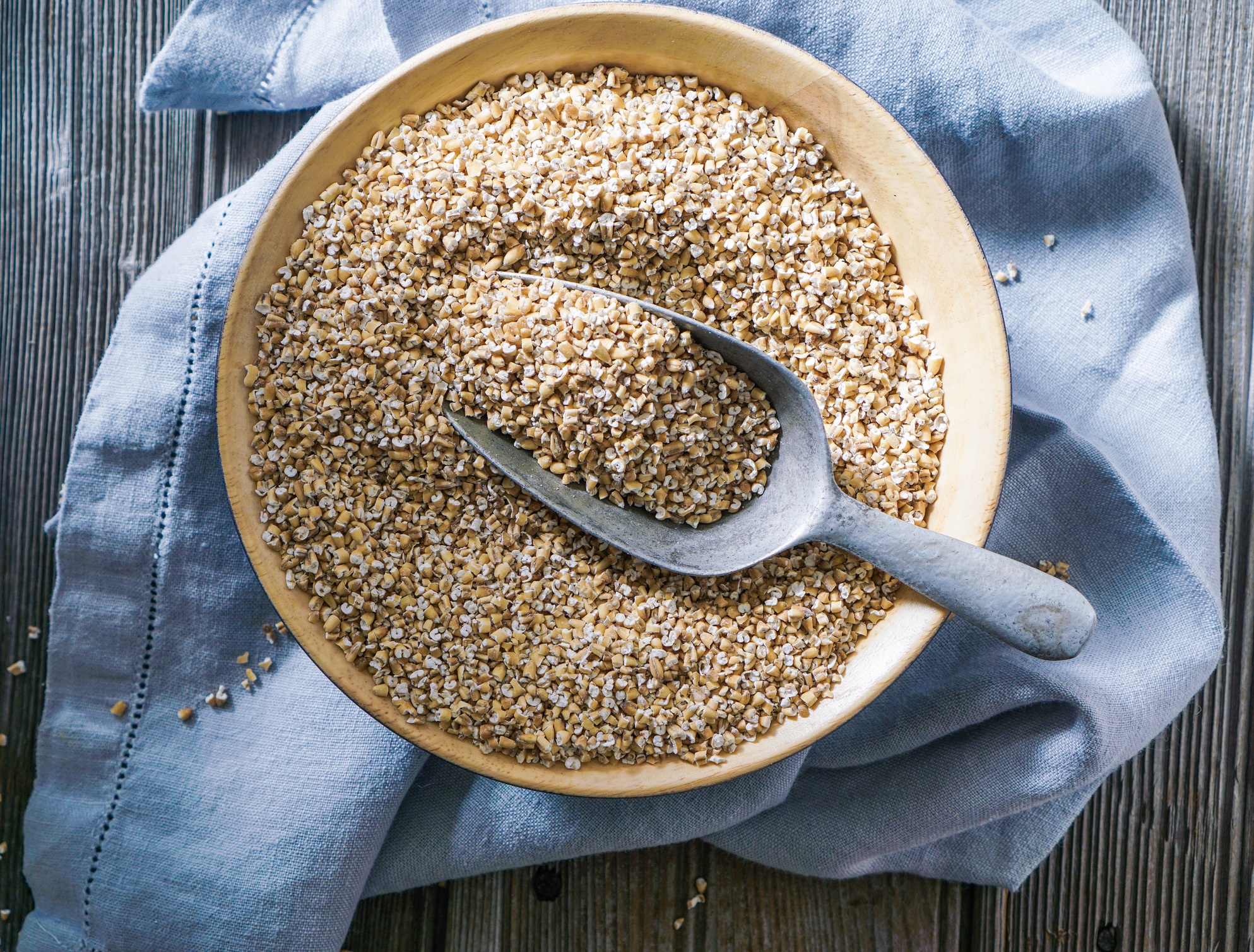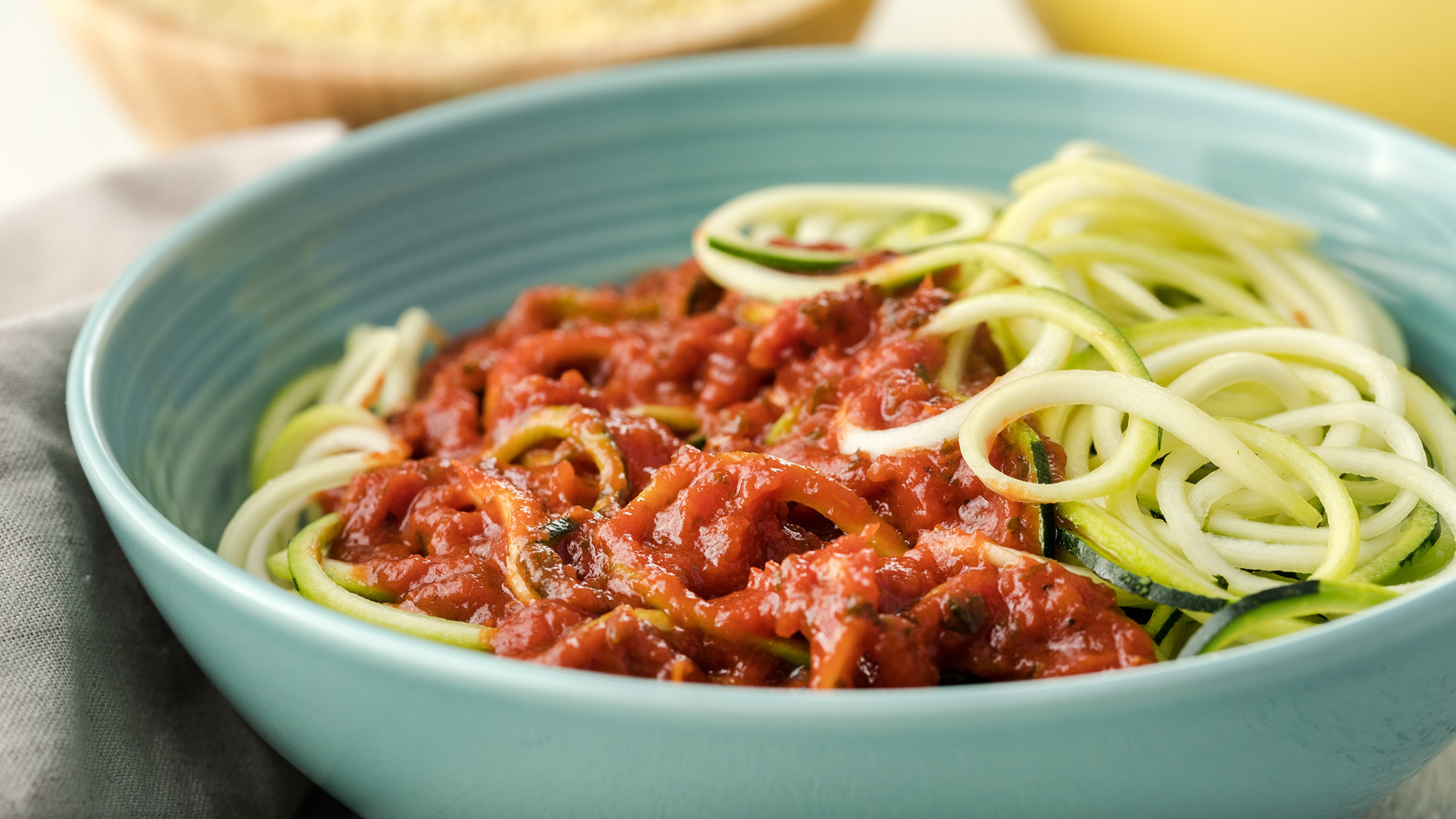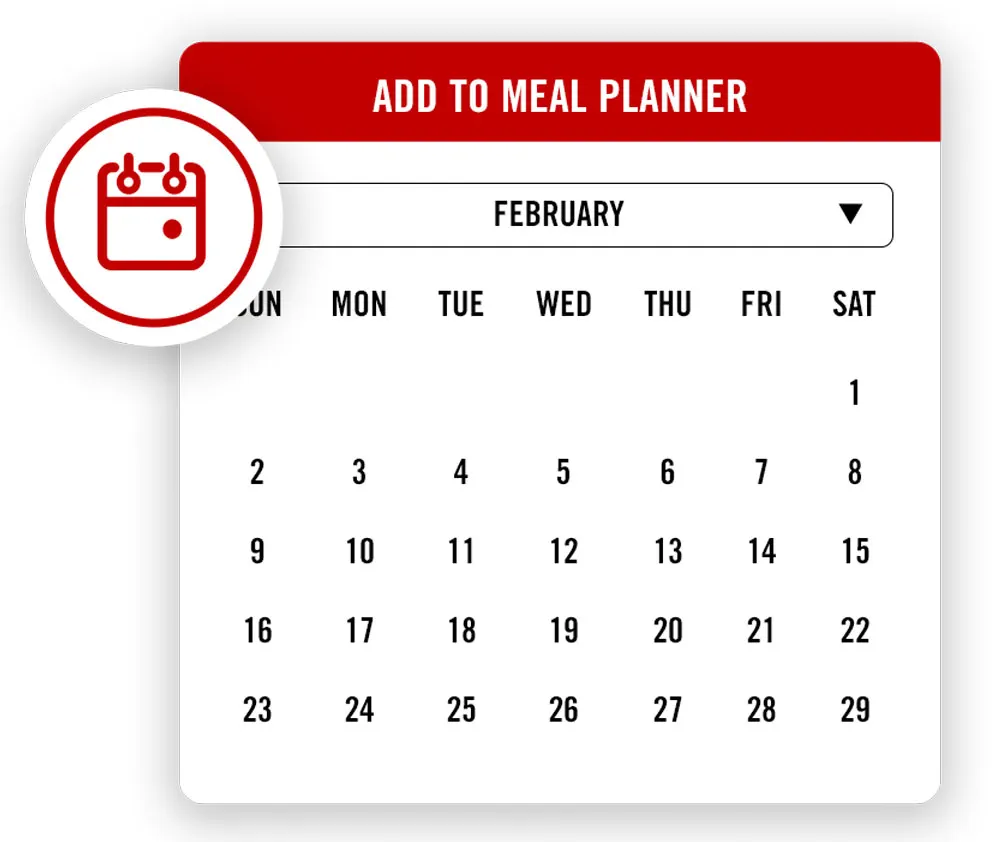If you’ve made or eaten roast chicken (or vegetables, or fish…), you’re probably very familiar with herb rubs. Whether made with fresh or dried herbs, they enhance just about anything with aromatics and flavors straight from the garden. Dried spice rubs, while easy to find in the grocery store, can only be personalized when you make them yourself, and fresh herb blends are the perfect place to use up your leftover green bunches or your garden's bounty.
If you’ve ever chopped herbs for a dish, or chosen a group of dried herbs to pump up a soup, you’re three-quarters of the way to your own herb rub or blend. Though you should measure herbs according to your taste, a good place to begin is with equal parts of each herb and, if going the fresh route, a bit more olive oil than you think you’ll need. For dried versions, just remember to scale back on dried since they are more pungent.

Here’s how to build an herb rub, fresh or dried, that's suited to your needs and to your tastes, in four steps:
1. First, choose your herb(s). Whether you're working with the herbs left over from last night's cooking extravaganza or you're headed out to the backyard to trim the garden, there are endless possibilities. Here are just a few to start with:
- If you wan to give depth to pasta, stews, and gravy, use a combination of oregano, marjoram, and sage.
- Cilantro, if you like it, lends strong and citrusy notes to spreads and salads.
- Fresh basil is a great starting point for adding brightness.
- Parsley, which has been a staple of herb blends since the Roman Empire, is lovely with mint as well as rosemary.
- Shiso works equally as well in savory or sweeter blends.
- Use chives, a member of the allium family, to add bite to earthy blends.
- Parsley, sage, rosemary, and thyme are a classic rub for roasted chicken or potatoes. (For a dried version, start with a teaspoon of each and work from there.)
2. Make a paste of the fresh herbs. Using a food processor, a knife, or a mortar and pestle (we commend you), you can make just about anything into a paste. If you're using a mortar and pestle, you'll want to roughly chop your herbs before pulverizing them. To skip the pounding and smashing, just keep cutting with your knife until you reach a paste-like texture. For the food processor method, throw the leaves in whole, then pulse until a paste forms.
Once you've got the basics down, start adding other flavors—like garlic, infused oils, nuts, citrus zest and juice—to make your herb rub more complex. Here are some of our favorite combinations:
- Combine a handful of cilantro leaves, a clove (or two) of garlic, and lime juice.
- Shiso, chives, ginger, and garlic go well with chicken breasts or sweet potatoes. Add in a splash of apple cider vinegar and chili oil for a kick.
- Combine the juice of half a lemon, some chopped fresh basil, a glug of olive oil, a dash of salt, and a splash of wine vinegar. Stir it into this already flavorful dip.
- A few sprigs of dill, some fennel fronds, and a handful of tarragon make a great rub for salmon.
If you are working with fresh herbs, it’s always wise to add a slow stream of olive oil at the end to bind everything together, but not so much that your herbs are swimming in it. And make sure to add salt and pepper to taste.
3. Go the dried route. Glean your drawers for existing herbs to build a rub, add some salt and pepper to taste, and your work is done. Here are three blends that can be used in a variety of recipes:
- Use a combination of French herbs—basil, chervil, dill, fennel, lavender, rosemary, tarragon, and thyme—to make roast chicken sing.
- Italian herbs like basil, marjoram, oregano, rosemary, and thyme add a flavor punch to tomato sauce.
- Herbs such as dill, thyme, parsley, marjoram, oregano, and mint are wonderful in Greek-inspired dishes with lamb, hummus, or yogurt.
Beware of old herbs, though—don't use anything you've had lying around for more then six months. Can't remember when you bought it? It's probably too old to be cooking with. Buying small amounts is a good way to make sure you aren't left with an overabundance. And if you’re really thinking ahead, you can even dry your own fresh sprigs using one of these techniques.

4. Use it, store it, freeze it. Rub your herb blend on a whole chicken, stir a spoonful of it into soups or stews, sprinkle it onto sauces and dips, or add a dollop of a fresh blend to roasted vegetables prior to serving.
Use a mix of fresh herbs the day you make it or—if you want to prepare it in advance—chill it. It will keep stored in an airtight container in the refrigerator for a few days. If your extras are plentiful, freeze them in a few small containers (or ice trays for single servings) to use later.
Dried blends, if not used immediately, can be stored in airtight containers to preserve their flavors.

This article was written by Samantha Weiss Hills from Food52 and was legally licensed through the NewsCred publisher network. Please direct all licensing questions to legal@newscred.com.







